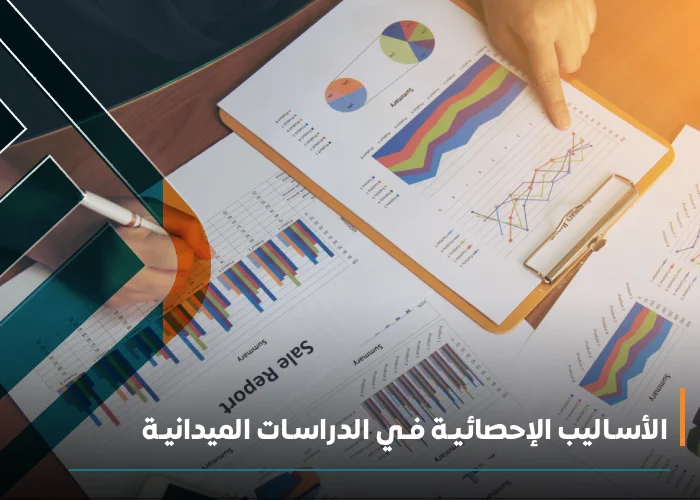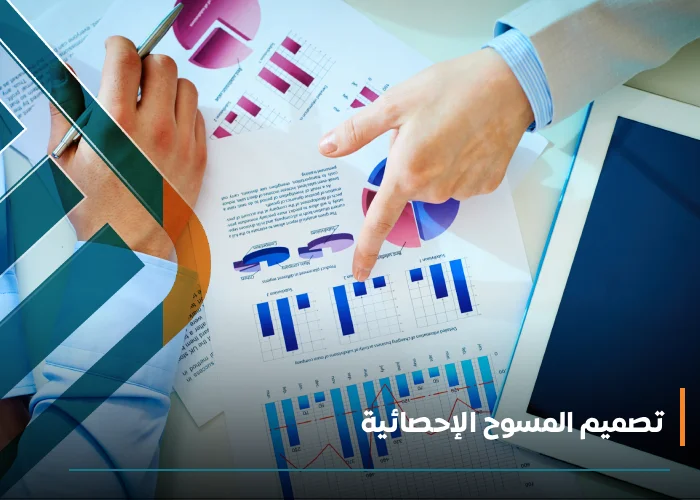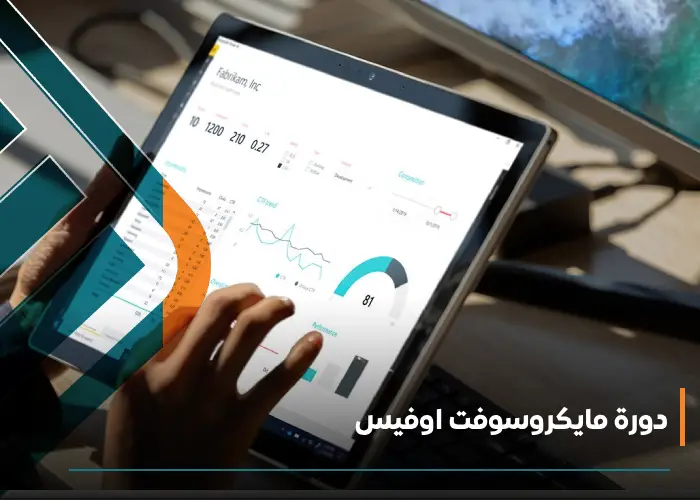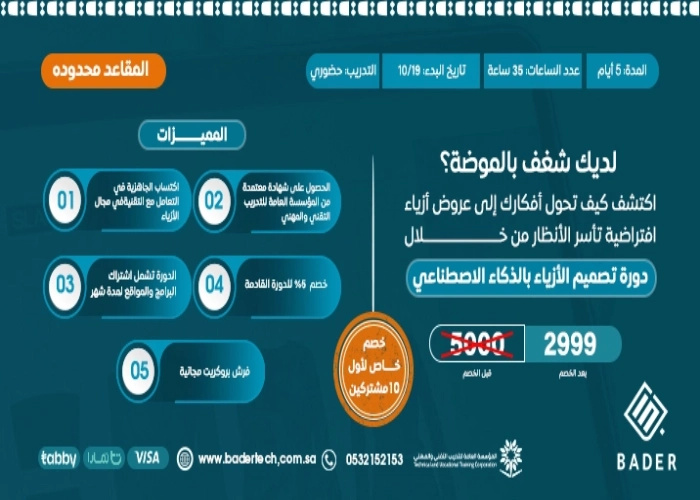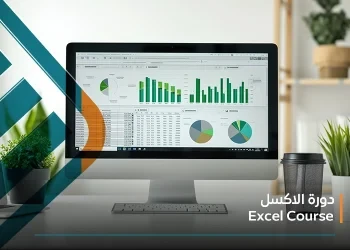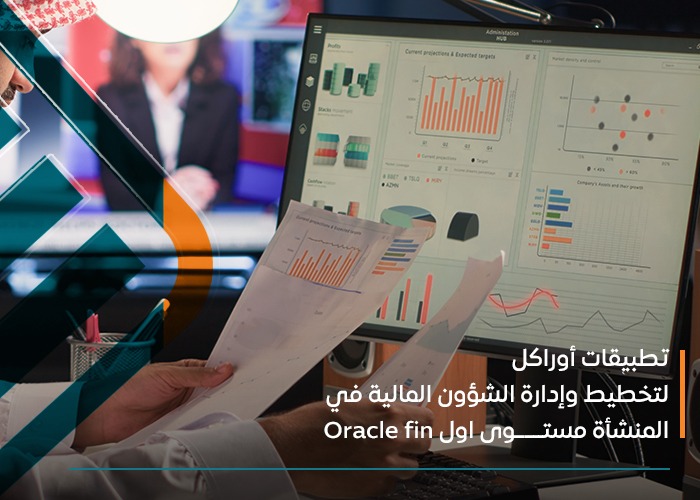Program General Objective:
Develop the knowledge and skills of trainees in using statistical methods in pharmaceutical studies efficiently and effectively.
Capabilities the Program Aims to Develop:
Using statistical methods in pharmaceutical studies with efficiency and effectiveness.
Objectives:
-
Basic concepts in pharmaceutical studies.
-
Using descriptive statistics in pharmaceutical studies.
-
Using approved statistical tests in pharmaceutical studies.
-
Using tests that do not rely on traditional methods.
Outcomes:
Upon completion of the training, the trainee is expected to be able to:
-
Understand the basics of statistics easily and efficiently.
-
Understand the basics of pharmaceutical studies easily and efficiently.
-
Perform statistical analysis accurately and proficiently.
-
Interpret the results of descriptive statistical analysis in pharmaceutical studies.
-
Interpret the results of approved statistical tests in pharmaceutical studies.
-
Interpret the results of tests that do not rely on traditional methods.
-
Link statistical analysis results to pharmaceutical study recommendations accurately and proficiently.
About course
In our current era, statistical methods are considered one of the essential pillars relied upon by researchers in field studies to obtain accurate and reliable results. Through this course, you will learn how to use descriptive and inferential statistical methods to analyze data and transform it into interpretable information for decision-making based on scientific foundations.
Statistical methods are fundamental tools that help in collecting and organizing data, and they are one of the most important skills any researcher must possess in scientific, educational, health, and social fields. This course aims to provide an in-depth understanding of how to analyze data using statistical software such as SPSS and Excel, and how to apply these tools effectively in field studies.
Whether you're a beginner or a professional researcher, this course will provide you with the necessary tools to fully understand statistical methods and enable you to analyze data accurately, helping you achieve high-quality research results.
Join this course to acquire the skills needed to apply statistical methods in field studies and test hypotheses scientifically and professionally.
Descriptive Statistical Method: Collecting and Organizing Data
The descriptive statistical method is one of the essential methods used in field studies to analyze and interpret data systematically. This method relies on collecting and organizing data in a way that helps researchers understand the prevailing patterns in the dataset being studied, making it easier to extract accurate results that support research hypotheses.
Initially, the descriptive statistical method requires data to be collected in an organized and precise manner, either through surveys, interviews, or other tools used in gathering information. The data is then organized using tables and graphs, such as frequency histograms and pie charts, which allow researchers to see the relationship between variables.
Among the key measures used in the descriptive statistical method are measures of central tendency, such as the mean, median, and mode, which are used to summarize the collected data into a single value representing the "center" or "centralization" of the study data. Measures of dispersion, such as standard deviation and range, help measure the diversity and distribution of data around the mean.
This method provides an effective way to understand the raw data from field studies through visual interpretation and computational processing, helping researchers make informed decisions based on the real-world data collected. It also serves as a foundational step before moving on to inferential statistical methods that depend on this data.
In summary, the descriptive statistical method is an essential tool for transforming raw data into usable information in field studies, forming the foundation upon which any advanced statistical analysis relies.
The Importance of Statistical Analysis in Scientific Research
Statistical analysis is one of the essential tools used in field studies to ensure the accuracy and reliability of results. In scientific research, statistical analysis helps transform raw data into understandable and interpretable information, contributing to making well-informed decisions based on clear evidence. Thanks to various statistical methods, researchers can test hypotheses, analyze patterns, and identify relationships between variables with scientific accuracy.
Through statistical analysis, researchers can examine data using statistical measures such as averages and measures of dispersion, in addition to more advanced techniques like inferential tests, which help draw conclusions that can be generalized to a larger population. This not only helps in conducting research efficiently but also in proving the validity of hypotheses and drawing accurate conclusions that support scientific research.
Bader Center offers a variety of training courses in statistical analysis using software such as SPSS and Excel, which assist researchers in applying statistical methods in their field studies and guide them to gain a deeper understanding of the collected data. Through these courses, participants learn how to conduct statistical analysis step by step, enabling them to significantly improve the quality of their research.
If you wish to learn statistical methods and develop your statistical analysis skills for your field studies, don’t hesitate to enroll in Bader Center's courses today. Start now and develop your skills in statistical analysis with Bader Center!
Stages of Using Statistical Methods in Scientific Research
Statistical methods are vital tools in scientific research, as they help organize and analyze collected data to achieve accurate and interpretable results. The importance of statistical methods goes beyond simple analysis, extending to analyzing field data using advanced tools that support decision-making based on scientific foundations. In this article, we will cover the stages of using statistical methods comprehensively within field studies.
-
Data Collection
The first stage of using statistical methods is data collection, where information is gathered from various sources such as surveys, interviews, or field observations. The accuracy of this stage is crucial for the success of statistical analysis later on. In field studies, the methods used for data collection may vary depending on the nature of the research and the target population.
-
Data Organization
After data collection, the next stage is organizing the data in a way that makes it easier to analyze. Data is organized using tables, charts, and graphs to highlight patterns and trends. Statistical methods help transform raw data into understandable information using statistical measures such as the mean, median, and mode.
-
Data Analysis
This stage involves using various statistical methods to analyze and organize the data. It includes applying descriptive statistical analysis such as calculating averages and standard deviations, in addition to inferential statistical tests like the t-test or ANOVA to test hypotheses and identify relationships between variables.
-
Interpreting Results
In this stage, the statistical results obtained from the analysis are interpreted. Statistical methods help in determining whether the hypotheses tested are valid or not. Results are presented visually using charts or tables to explain the relationship between variables and ensure the accuracy of the results.
-
Presenting Results
Finally, statistical results are presented in a report or research paper, where the findings are discussed in light of existing literature, and recommendations can be made based on the results. Statistical methods in this stage help present the data in an organized and clear manner.
Statistical methods in scientific research are not just tools for analyzing data, but they are the foundation for successful field studies. From data collection to presenting results, statistical methods ensure the accuracy and integrity of scientific research.
If you wish to learn statistical methods professionally, you can join Bader Center's courses, which offer specialized training in statistical analysis using SPSS and Excel in field studies. Start now and acquire the skills needed to analyze data accurately with Bader Center!
How to Analyze Data Using Statistical Software
Data analysis using statistical software is a crucial step in any field study or scientific research. Statistical software such as SPSS and Excel helps simplify the complex analysis process and transforms raw data into results that can be relied upon for making informed decisions. Using these software tools is one of the most important statistical methods applied in field studies, as they significantly contribute to conducting accurate and reliable statistical analysis.
-
Choosing the Right Statistical Software
The data analysis process starts by selecting the statistical software that suits the type of data to be analyzed. Among the most commonly used software for statistical analysis:
-
SPSS: It is one of the most powerful tools for data analysis in field studies, widely used for both descriptive and inferential analysis.
-
Excel: It is a basic tool for simple statistical analysis, known for its ease of use and ability to customize for different types of analysis.
-
Entering Data into the Statistical Software
The first step in data analysis is entering the data into the selected statistical software. The data should be organized in spreadsheets so that it can be processed by the software. This enables researchers to apply various statistical methods for analyzing data based on the defined research objectives.
-
Performing Descriptive Statistical Analysis
At this stage, descriptive statistical analysis is used to understand the characteristics of the data, such as averages, medians, modes, and standard deviations.
These measures help clarify the general distribution of the data and provide an initial picture of the nature of the information being analyzed in field studies.
-
Hypothesis Testing Using Inferential Analysis
After performing descriptive analysis, the next step is inferential analysis to test hypotheses based on field data. Tests such as ANOVA and the t-test are used at this stage to determine if there are relationships between variables.
Using statistical software, it can be determined whether the differences between groups are statistically significant or not.
-
Presenting and Interpreting Results
After completing the analysis, researchers present the results using graphs and tables that provide an alternative and clear understanding of the data. Statistical software contributes to interpreting the results and identifying trends in the data, helping researchers achieve their research objectives.
If you wish to learn how to analyze data using statistical software professionally, Bader Center is the best option for you. The center offers specialized courses in statistical analysis using SPSS and Excel, helping you learn how to apply statistical methods in field studies and analyze data efficiently.
Start now and gain the skills needed to analyze data using statistical software with Bader Center!
